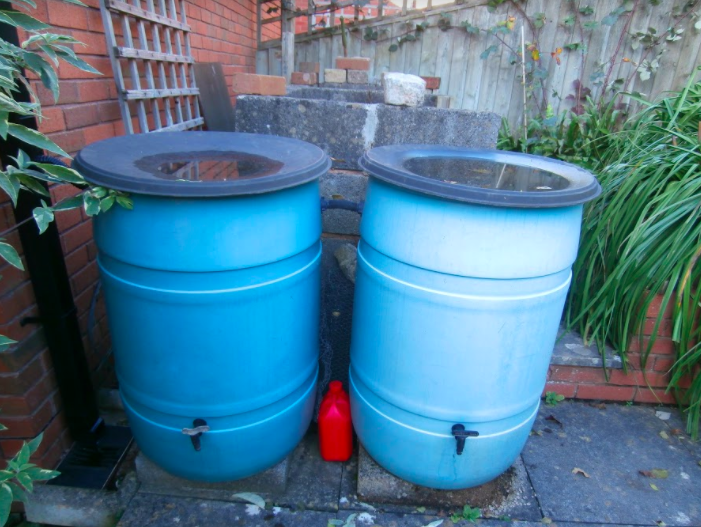
March 31, 2020, Oakland, California — Stormwater is an increasingly important and undervalued water supply option in California. As climate change increases the risk of both droughts and floods, stormwater capture offers a significant opportunity to invest in water sustainability and community resilience.
A March 2020 Pacific Institute article in the journal PLOS ONE demonstrates that urban stormwater capture investments may be more economically feasible than expected, especially when capitalizing on economies of scale and incorporating co-benefits of projects. The article, entitled Economic Evaluation of Stormwater Capture and Its Multiple Benefits in California, examines the cost of water per acre-foot for 50 proposed stormwater capture projects in California and incorporates important co-benefits of projects into analyses to more accurately assess their value.
The research presents two key findings. First, when incorporating the reported co-benefits of the projects, the expected levelized cost of these projects decreased dramatically. For projects that reported even a limited number of additional benefits, the net levelized cost of urban stormwater capture decreased from $1,030 per AF to $150 per AF, with some of the projects demonstrating a net benefit.
Second, the size of the project has a significant impact on the levelized cost. Urban stormwater capture projects were more expensive than non-urban stormwater capture projects on a per-volume basis ($1,180 per AF and $531 per AF, respectively). However, this difference in cost was primarily driven by the relatively large size of the non-urban stormwater capture projects. Thus, scaling urban stormwater capture projects to capitalize on economies of scale and incorporating co-benefits of projects can dramatically improve the economic feasibility of these projects.
Learn more here.

